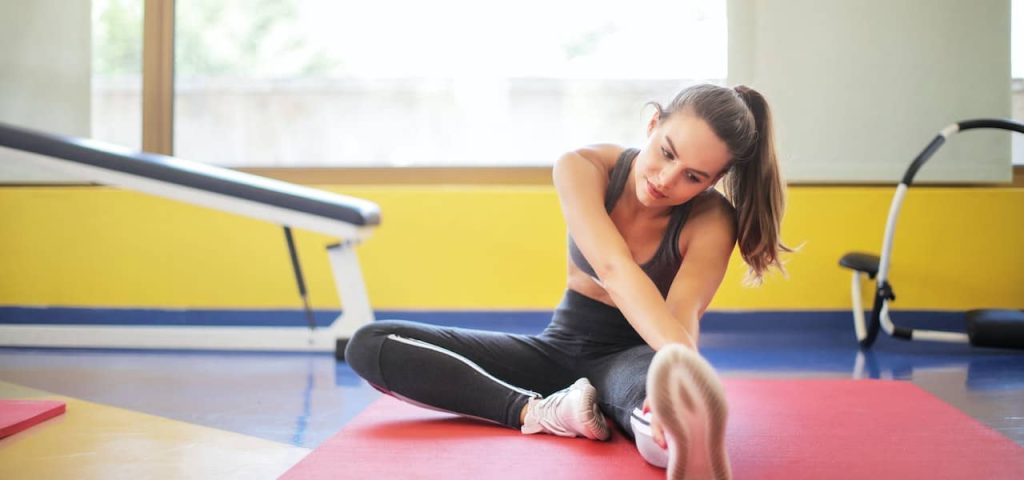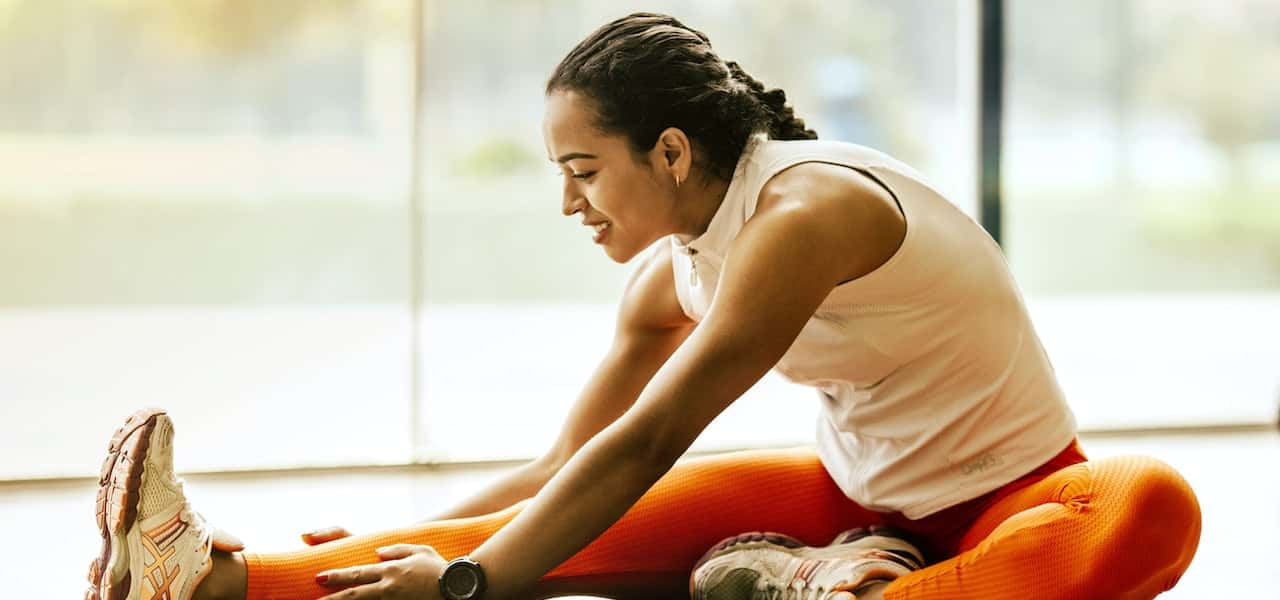Here is your complete guide to How To Get Rid Of Cramps.
Introduction to How To Get Rid Of Cramps
Cramps are a common problem that can be caused by a number of factors such as menstruation, exercise, dehydration, and even certain medications. They can be painful and uncomfortable, but there are many ways to treat them. In this blog post, we will look at some of the most effective cramp relief methods. So how to get rid of cramps? Here is your complete guide to how to get rid of cramps.
Heat Treatment: How To Get Rid Of Cramps?
Heat therapy is a popular method for cramp relief. So, heat applied to the affected area can help to relax the muscles and increase blood flow, thereby reducing the severity of the cramps. To apply heat to the affected area, use a heating pad, a warm towel, or take a warm bath or shower.
Stretching: How To Get Rid Of Cramps?
Stretching is another effective method for cramp relief. Gentle stretching can help to reduce cramp severity by relieving muscle tension and increasing blood flow. Stretch the affected area for several minutes, focusing on gentle, painless movements.

Hydration: How To Get Rid Of Cramps?
Cramps are frequently exacerbated by dehydration, so it’s critical to stay hydrated. Drinking plenty of water can help to prevent cramps as well as relieve them if they occur. You can also try electrolyte-rich fluids like sports drinks, coconut water, or electrolyte-infused water.
Massage: How To Get Rid Of Cramps?
Cramping can also be relieved by massaging the affected area. Massage can help to increase blood flow to the affected area, reducing muscle tension and reducing cramp severity. Massage the affected area gently with your hands or a massage tool such as a foam roller or massage ball.
Over-the-Counter Medications
Cramping can be relieved with over-the-counter pain relievers such as ibuprofen or acetaminophen. These medications can help to reduce pain and inflammation, making cramp management easier.
Read More About What Is Balayage.
Magnesium
Magnesium is a mineral that aids in muscle relaxation and function. Taking magnesium supplements or eating magnesium-rich foods like leafy greens, nuts, and whole grains may help with cramp relief by reducing muscle tension.
Read More About Pimples vs Cold Sores.
Alternative Medicine
Alternative therapies such as acupuncture, acupressure, and aromatherapy may also help with cramp relief. These treatments can help to reduce muscle tension and promote relaxation, thereby reducing the severity of cramps.
Cramps are a common and often painful condition that can strike anyone at any age. They can occur in a variety of locations throughout the body, including the legs, abdomen, and back, and are caused by a variety of factors. Understanding the causes of cramps can help you avoid them or alleviate them when they occur. We will look at some of the most common causes of cramps in this blog post.
Read More About How To Curl Hair?
Dehydration
Dehydration is one of the most common causes of cramps. When the body is dehydrated, the muscles become more prone to cramping because the body’s electrolyte balance is disrupted. This can result in mineral imbalances such as sodium, potassium, and magnesium, causing muscles to contract involuntarily.
Read More About How to Build Muscle for Women?
Exercise can also cause cramps, especially if you engage in strenuous or prolonged physical activity. Muscles contract and relax when you exercise, which can cause muscle fatigue and cramping. This is especially true if you are not properly hydrated or if you do not stretch before and after exercising.
Deficiencies in Nutrients
Cramps can also be caused by nutrient deficiencies such as magnesium, calcium, and potassium. Because these nutrients are essential for muscle function and contraction, a lack can result in muscle spasms and cramping.
Medications
As a side effect, some medications can cause cramps. Diuretics, for example, which are commonly prescribed for high blood pressure and heart failure, can cause electrolyte imbalances that result in cramping.
Cramps During Menstruation
Menstrual cramps are a common cause of abdominal cramps in women. The uterus contracts to help expel its lining during menstruation, which can cause pain and cramping.
Medical Conditions
Cramps may be a symptom of an underlying medical condition in some cases. Muscle cramps can be a symptom of a variety of conditions, including peripheral artery disease (PAD), multiple sclerosis (MS), and spinal stenosis.
Read More About Keto Diet vs Atkins.
Conclusion
Cramps are unpleasant and painful, but there are many ways to treat them. Cramping can be relieved with heat therapy, stretching, hydration, massage, over-the-counter medications, magnesium, and alternative therapies. If your cramping is severe or persistent, consult your doctor to rule out any underlying medical conditions.
Cramps can be caused by a variety of factors, including dehydration, physical activity, nutrient deficiencies, medications, menstrual cycles, and underlying medical conditions. Understanding the causes of cramps allows you to take steps to prevent or relieve them when they occur. If you have persistent or severe cramps, consult your doctor to rule out any underlying medical conditions.

